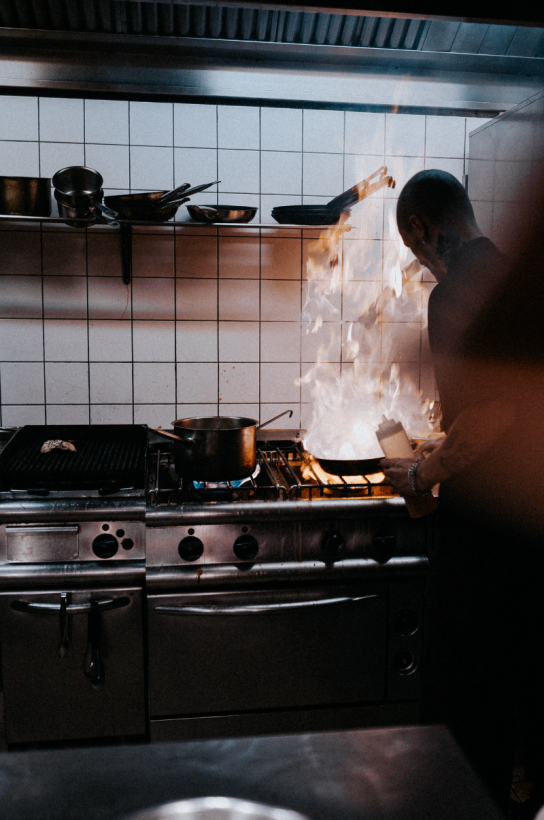3 tips to beat food price inflation
Published 28 October 2021
sponsored content by Jelly

Recent inflation rates in the UK have been labelled as “terrifying” by Ian Wright, Chief executive of the Food and Drink Federation. With a reported 14-18% inflation rate for the hospitality sector, food and beverage businesses will find themselves struggling more than ever to keep up with thinning dish margins.
Here are 3 practical tips from Jelly to help you stay ahead of food price increases.
1. Always cost your dishes
Dish costs, along with its selling price, forms the backbone of your restaurant’s overall gross profits (GPs). Factoring in ingredients, ingredient prices, portion amounts and serving sizes help you better understand how much of your costs go into the dishes that you serve and how much you should be charging for each dish to cover your food costs, overheads, and wastage.
While trained chefs know and do dish costings, our research has shown that some food businesses do little to no dish costing due to a variety of factors, including having little time or no resources to do it.
2. Proactively manage your dish margins
Done costing your dishes and menus? Great! But there’s one more step to be done. Ingredient prices so often fluctuate and recent higher inflation rates could mean that these fluctuations become rather extreme. For example, our recent data suggests that the price of fresh black truffles increased by 66% over a period of 2 weeks.
Proactively managing your dish margins means keeping an eye on ingredient prices through tracking your spend and tracking how much you’ve been paying for the ingredients. Regularly keeping track of your supplier invoices is a good place to start. If you notice an increase in your ingredient prices, consider substituting ingredients or creating an entirely new dish or menu.
3. Be creative with your ingredients
Food price inflation will affect your ingredient prices and could have a great impact on the ingredients that you have been using or planning to use.
Find suitable substitutes, look for seasonal ingredients (normally, when supply is plentiful, prices tend to go down), or create seasonal dishes or set menus to help bring your ingredient costs down. Establish relationships with your suppliers to know what they have in surplus that you can purchase. Flexibility and creativity will help you go a long way.
To find out how you can simplify costing and tracking, and get price updates for your restaurant, visit Jelly




